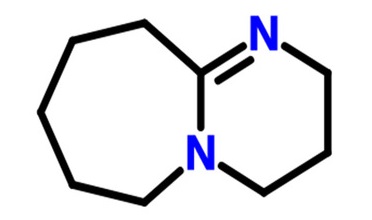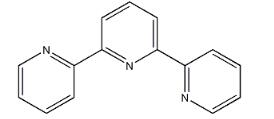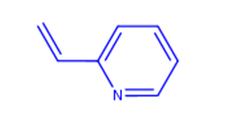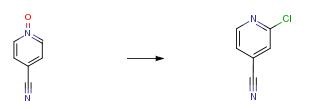Pyridine Compound
More
Less
Pyridine compound is one of the most widely developed and used heterocyclic compound. As an important fine chemical raw material, its derivatives mainly include alkyl pyridine, halogenated pyridine, aminopyridine, bromo pyridine, picoline , iodine pyridine, chloropyridine, nitropyridine-hydroxypyridine, benzyl pyridine, ethyl pyridine, pyridine cyano, fluoro pyridine, dihydropyridine, etc.







